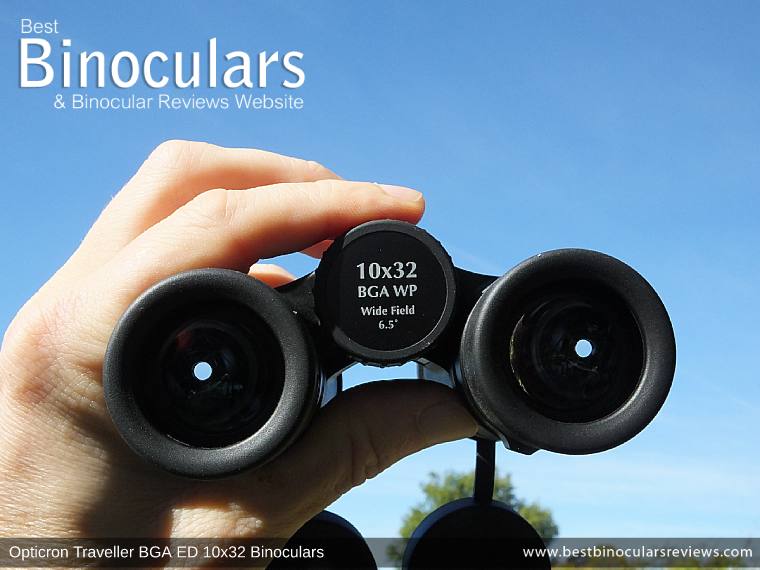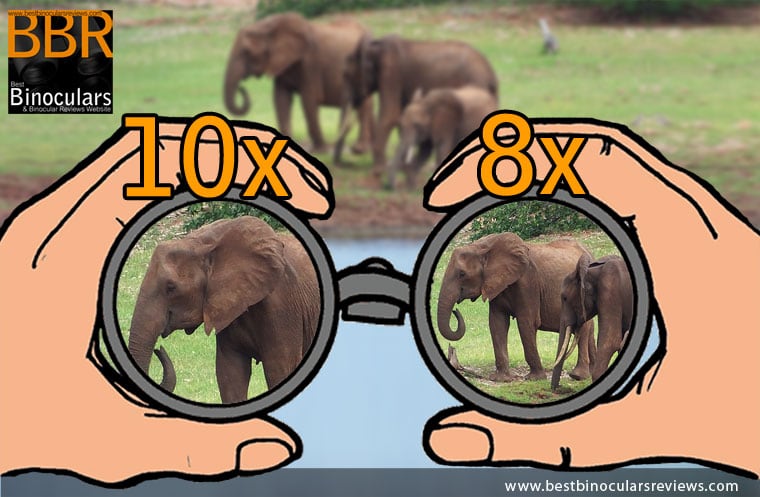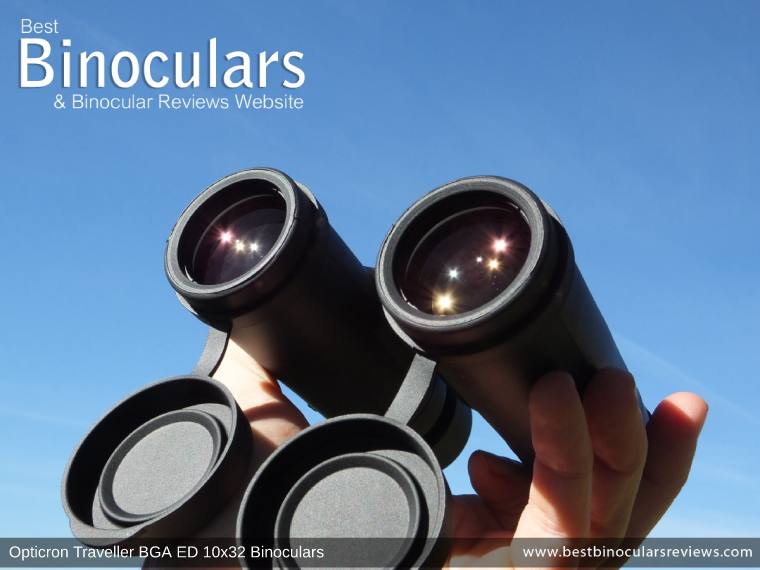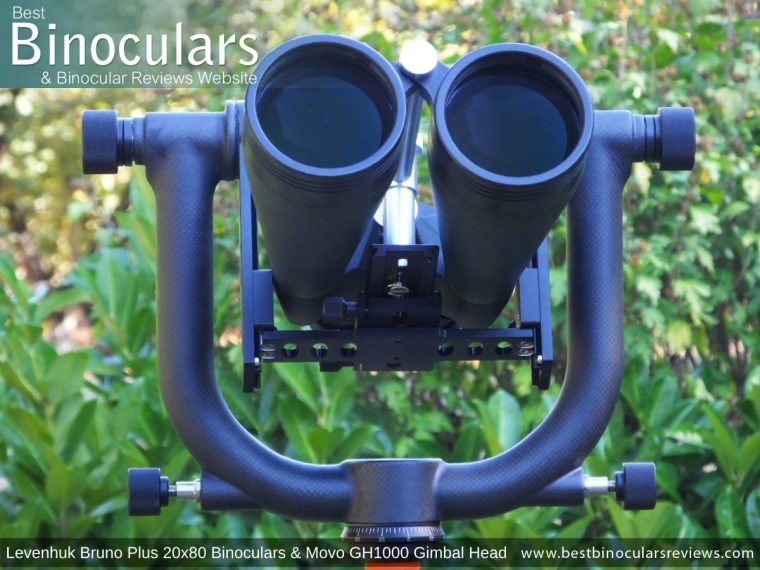What do binocular numbers mean?
Above
The BBR Video above answers the question: What do the numbers mean on a binocular and is part of my Binoculars 101 series on What To Look For When Buying Binoculars.
Below
The article below was written by Derek Sergeant and takes the perspective of a newcomer learning about the importance and meaning of the numbers on a binocular:
So what do the numbers on binoculars mean?
I asked this question in a hurry. We were at the airport waiting to fly to Peru, on a once in a lifetime trip was planned to the last detail.
I had forgotten to sort out binoculars for our stay on an oxbow lake in the Amazon. With so much variety I had to understand what do binocular numbers mean?
In this article I am going to explain about the two numbers often found printed on the body of a binocular and why understanding binocular numbers is important.
The binoculars in front of me are and 8x42. Searching for the extremes in front of me, I found 6x21 and 25x150 and wondered what do they mean and why are these numbers important?
Binocular Magnification
Of the two numbers in my “8x42” example, the first number is its magnification.
Binocular magnification is sometimes referred to as power, I will just use the term magnification. You will notice the “x” alongside the “8” in my example, this belongs with the number. Meaning “8x” or eight times magnification.
Why Is Binocular Magnification Important?
The main purpose of binoculars is to allow you to see a distance object more clearly by making them look larger as if you were seeing them from much closer. My “8x” binocular makes the object I am looking at appear eight times larger than it would if I look at it with just my eyes (unaided).
Binoculars with 8x40, 8x42, 8x70, 8x32, or even 8x21 all offer the same magnification. They will all magnify the image by eight times. Likewise, 10x42 will magnify ten times, 12x50 will magnify twelve times.
How about 30-160x70? This example is taken from the Sunagor 30-160x70 BCF Mega Zoom Binoculars. It has a range of magnification (sometimes referred to as zoom binoculars) 30-160x, and thus the power can be adjusted anywhere between 30 times and 160 times.
Bigger is Not Always Better!
This is a common newbie mistake and it is important to realize that high magnifications will not suit all intended uses.
Indeed, for most uses, 8x or 10x is ideal and going any higher has many detrimental effects that will seriously hamper your viewing experience.
For more about the competing factors for choosing magnification are in this guide to How a Binoculars Magnification affects Stability, Field of View & Image Brightness.
Objective lens size
Of the two numbers on my “8x42”, the second indicates the diameter of the main objective lenses, in millimeters.
Using the same examples, an 8x42 binocular has 42mm diameter objective lenses.
Whereas 8x21 has 21mm objective lenses, although with the same 8x magnification.
Comparing 6x21, 8x21, 8x40, and 10x42. These have objective lenses with diameters of 21mm, 21mm, 40mm, 42mm.
Why is this Important?
The surface area of the objective lens captures light from the scene and transmits it to the ocular lens (which then transmits that light to your eye).
A larger objective lens captures more light and so the image seen is potentially brighter than on a smaller one.
In low light conditions the more light that can be captured and transmitted to the eye the better.
A 42mm objective lens has four times the surface area of a 21mm lens, and so has the ability to captures four times more light (area = pi x radius squared).
25x150 binoculars capture over twelve times more light than 10x42.
Getting The Balance Right
If larger lenses lead to better quality, brighter images, why not just get the biggest lenses you can. Well, the downside to this is obviously that it makes the instrument bigger and heavier and thus less convenient to carry about.
Where light gathering and low light performance is critical, like astronomy, for example, binoculars can have very large 100mm lenses or even more in some cases.
However, this means that they are now so large that they have to be attached to a tripod to use them which is certainly not ideal if you need easy to carry binoculars for birdwatching when out in the field.
You can also have too much of a good thing with the binoculars supplying your eyes with more light than they need.
This relates to the size of the pupils in your eyes and how wide they are dilated depending on the available light and is in relation to the size of the shaft of light exiting the eyepieces.
This can get very technical and if you are interested, read BBR’s complete guide to the exit pupil.
42mm Binoculars
But for now, just know that a 42mm binocular, like an 8x42 or 10x42, is considered to be a standard “full sized” instrument and a good compromise between size and light gathering ability.
Mid Sized Binoculars
Instruments with lenses around 30mm to 32mm are considered a mid-sized instrument slightly favor portability over the light gathering ability. So whilst they are perfectly fine for use during the day, they are not the ideal choice in very low light.

Compacts
Binoculars with lenses between 18mm and 28mm are usually referred to as compact binoculars.
Here it is all about ease of carrying and portability. Thes binoculars work best in good light and are ideal for uses like hiking, camping, taking to outdoor sporting events, walking safaris, etc.
For more take a look at this article on Which Compact Binocular is Best.
Do these numbers tell the whole story?
So we have established that the binocular numbers provide the magnification and the size of the objective lenses on a bino. The surface area of the objective lenses can be calculated, which determines how much light is captured by those particular objective lenses.
The two measures, magnification, and size of objective lenses relate to the field of view. Field of view is how wide an area is encompassed in the image seen through the binocular.
As the size of the objective lens increases, so does the field of view. As the magnification on a binocular increases the field of view decreases. So almost every 8x42 has a wider field of view than a 10x42. Just remember, other factors also affect the field of view, so two 10x42 from different manufacturers may have a different field of view.
Also: The numbers do not indicate how much of the light captured is actually transmitted to the eye, as the quality of the materials used in the lenses and other components on the light path determines how much light is lost (not transmitted).
They also do not indicate the weight of binoculars, as more powerful magnification and larger objective lenses will increase the overall weight. This may determine whether the binoculars can be used handheld or using a tripod (or with a monopod).
There are many other factors that influence the suitability of binoculars for a particular intended use. How big is the eye relief? How large is the subject being observed? How far away will you be from the subject? What is the minimum focus distance?
Summary
What do the numbers on binoculars mean?
I hope you have found this article formative and that it has helped to
explain binocular numbers for you:
To recap:
- The first number (including the X) is the power (magnification).
- The second number (immediately following the X) is the size of the objective lenses.
Together these numbers inform you how much larger an object will appear through the binoculars, and how bright the image is seen will appear relative to the amount of light available.
Whilst the binocular numbers do not answer all the questions about a particular pair of binoculars, but it is a good start. For where to go next, take a look below:
Further Reading
- Next: If you are interested in buying your first binoculars, take a look at our guide: What To Look For When Buying Binoculars
Please contact me if you have any further questions.

 Article | Posted by Derek Sergeant
Article | Posted by Derek Sergeant 




 Categories:
Categories:  Tags:
Tags: 

Really this is a great site and always share good products like camera, binoculars etc.